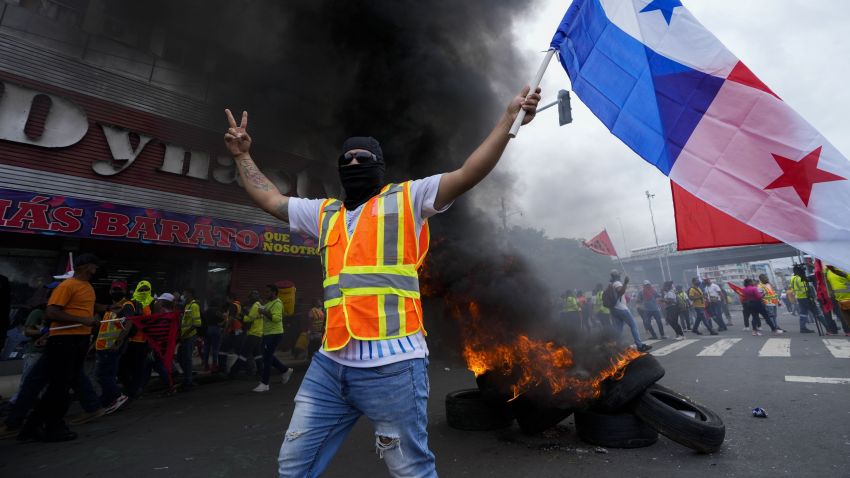Protests over rising costs of everyday goods and commodities have been a major feature of 2022 so far, with citizens across the globe denouncing rampant inflation and their governments’ inability to lower the costs of food and energy. More than 8,200 protests and riots in response to the rising cost of living occurred in the first seven months of this year alone. While direct historical comparisons are difficult given recent improvements in the quality of protest data, the magnitude of cost-of-living protests and riots in 2022 appears to be unprecedented.
Along with the sheer number of public demonstrations, the actors involved represent broad, heterogeneous demographics. In Italy, fishermen held a nationwide strike over rising fuel prices in March; Peruvian truckers and farmers took similar actions in June. In Indonesia, students protesting a rumored constitutional amendment in April simultaneously blamed the government for rising food and fuel costs. And protesters across the U.S. and several European countries have folded together grievances about pandemic-related restrictions with frustrations over the rising cost of living, leading so-called “Freedom Convoys” of vehicles attempting to disrupt urban centers.
These disparate groups expressing discontent could simply point to a world boiling over after years of social and economic strain caused by the coronavirus pandemic. Indeed, protests had already increased between 2019 to 2020, including the Black Lives Matter social movement that gathered momentum after the killing of George Floyd by Minnesota police officers in 2020, leading to mass demonstrations worldwide for racial equality.

